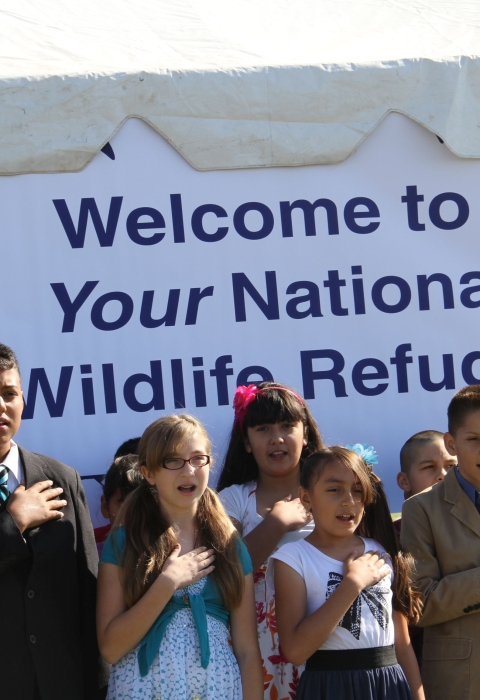About this Collection
Throughout our history, communities of color, low-income families, and rural, Indigenous people have suffered from air pollution, water pollution, and toxics sites near their communities. Environmental Justice looks to change that grim reality: to ensure fair treatment and meaningful involvement of all in the environmental arena. Environmental Justice communities define the environment as “where we live, work, play, learn, and pray.” In recent months, Environment Justice has become a key tenet of the U.S. Fish and Wildlife Service. We are working to ensure that future environmental challenges and opportunities in the United States are more equitably distributed, so, as Martha Williams, the Principal Deputy Director of the U.S. Fish and Wildlife Service, says, “Your economic status or race does not determine whether your neighborhood gets a national wildlife refuge national wildlife refuge
A national wildlife refuge is typically a contiguous area of land and water managed by the U.S. Fish and Wildlife Service for the conservation and, where appropriate, restoration of fish, wildlife and plant resources and their habitats for the benefit of present and future generations of Americans.
Learn more about national wildlife refuge or a wastewater treatment plant.” We are also working to reduce the impact and frequency of environmental crises in Environmental Justice communities. Here are a few ways we are working toward Environmental Justice.
